When it comes to disaster films, few are as iconic as the 1953 adaptation of the Titanic sinking, directed by Jean Negulesco and sporting a couple of top box office stars for the marquee value, this retelling of the tragic story of the doomed luxury liner, and while the ship was clearly sinkable it has proven to be a story that is rather unstoppable.
In 1953 20th Century Fox would release a retelling of the sinking of the legendary Titanic with a formula that would remain fairly consistent for decades, and by that I mean the inserting of fictional characters into this true story and using the sinking of the ship as a backdrop – not that this was the first time, the 1943 Nazi propaganda Titanic film created a large group of fictional passengers for its entry – but in this film, the studio brought out a couple of big guns in the casting department. The basic plot of this film deals with Richard Ward Sturges (Clifton Webb), a wealthy expatriate in Europe who upon discovering that his runaway wife Julia (Barbara Stanwyck) is trying to take their two unsuspecting children, 18-year-old Annette (Audrey Dalton) and ten-year-old Norman (Harper Carter), back to her hometown of Mackinac Island, Michigan, where she will, apparently, rear them as down-to-earth Americans rather than rootless elitists snobs like Richard himself.
Clifton Webb is the king of playing the elitist snob.
After several biting arguments, Julia coincides that it’s too late to save Annette, who has become too used to the life of a spoiled socialite and is old enough to make the decision herself, but she makes it clear that Norman is staying with her, which does not sit well with Richard who loudly points out “No court in the world, no power in the heavens can force me to give up my son” but when Julia responds with “He’s not your son” it's a statement that has almost a greater impact than the iceberg that is looming ahead. Richard proves what a complete asshat he is by telling Julia that he wishes no further contact with his “son” and then proceeds to snub the poor kid for the remainder of the voyage.
Stanwyck’s stare is chillier than any iceberg.
The only reason this melodrama works is due wholly to the acting talents of Barbara Stanwyck and Clifton Webb, who elevate the material given to them to a whole new level, but they aren’t the only fictional characters created to spice up the events – Heaven knows a ship sinking and killing 1,500 isn’t enough drama for a 98-minute movie – so we also have a Purdue University tennis player, Gifford "Giff" Rogers (Robert Wagner), trying to win Annette’s heart and a Catholic priest (Richard Basehart) who has been defrocked for alcoholism and is trying to work up the courage to wire his family and inform them of the current state of his affairs. This is not to say that the film completely ignores the real passengers and crewmembers aboard the RMS Titanic, we have Second Officer Charles Lightoller (Edmund Purdom), who seems to be the only one concerned with the ice warnings they’ve been receiving, and this version Captain Smith (Brian Aherne) is treated rather kindly by the screenplay, instead of being an ineffectual figure during the sinking, that he pretty much was in reality, here he’s a quick-thinking reassuring force.
"I've got a better press agent this time out."
One thing that should be pointed out is that while many films have portrayed Chairman of the White Star Line Bruce Ismay as a villain, with him urging the Captain to ignore the ice warnings, which was not the case at all, this film does not fall into the trap of vilify Ismay in such a matter, in fact, the script for this movie doesn’t include him at all, which is really strange omission and I bet if the ghost of the late Mister Ismay was to ever watch a Titanic movie this would be the one he’d choose to view. Drama aside, the film's production values are also quite noteworthy, with lavish sets and stunning visual effects that bring the ship to life in all its grandeur and the attention to detail is superb, capturing the opulence and luxury of the ship's interiors as well as the stark and eerie beauty of the ocean. As mentioned, the cast in this film is fantastic from the top on down and everyone gives solid performances, with Webb and Stanwyck shining in their respective roles as a wealthy hotelier and a woman fleeing a life of being belittled by her husband. The chemistry between the two is palpable, and their scenes together are some of the film's most memorable. Even the few sweet moments between the beautiful Audrey Dalton and a young Robert Wagner add an extra level of charm to this film.
I hope these two kids can make it work.
Stray Observations:
• The movie opens with a valley glacier iceberg shown splitting away and falling into the sea, giving us the birth of the monster, but the Titanic was hit by an arctic iceberg, which is carried by the Gulf Stream southwards during the Northern Hemisphere summer when the outskirts of the Northern Arctic Ocean start to melt.
• Richard Sturges is told that the voyage has been sold out since March, but in reality, the Titanic wasn't even close to being sold out when it sailed. Nor were tickets transferable, so Richard getting a ticket from another passenger could not have happened.
• This film perpetuates the myth that some men dressed as women to get aboard a lifeboat, in fact, this was a rumour started by a business competitor of one of the survivors in an attempt to discredit him.
• This movie gets bonus points for not including ridiculous scenes of the steerage passengers being locked below decks during the sinking, which definitely was not the case.
• We see the ship sinking in one piece but that is of no fault to the filmmakers as this was the common belief at the time of this movie’s relief.
"Hey, Robert Ballard has a few notes for you guys."
Years after its initial release, this classic disaster movie still manages to captivate audiences with its stunning visuals and gripping storyline, with director Jean Negulesco skillfully capturing the tragedy of the Titanic's sinking while also exploring the various class and societal divides that existed onboard the ship. However, some may find fault with the film's pacing, which can be slow at times and the over-focus on the characters and their relationships may also be seen as a detractor, taking away from the disaster itself, but for those who appreciate a more character-driven approach, Titanic delivers in spades.
It's simply one of the most unforgettable true life stories.
Overall, this retelling of the most famous maritime disaster is more a relationship drama than it is a disaster flick, with the iceberg coming along at the 67-minute mark of a 98-minute movie, but this focus on characters does lead to a very emotional and effective ending - while the 1958 film A Night to Remember is a more factual depiction of sinking it's also a more detached docudrama in style - and you don't get much better than Barbara Stanwyck and Clifton Webb when it comes to both star power and acting talent. This is a dramatic and well-executed retelling of this tragedy that packs an emotional wallop, and even after multiple viewings still manages to make me tear up.
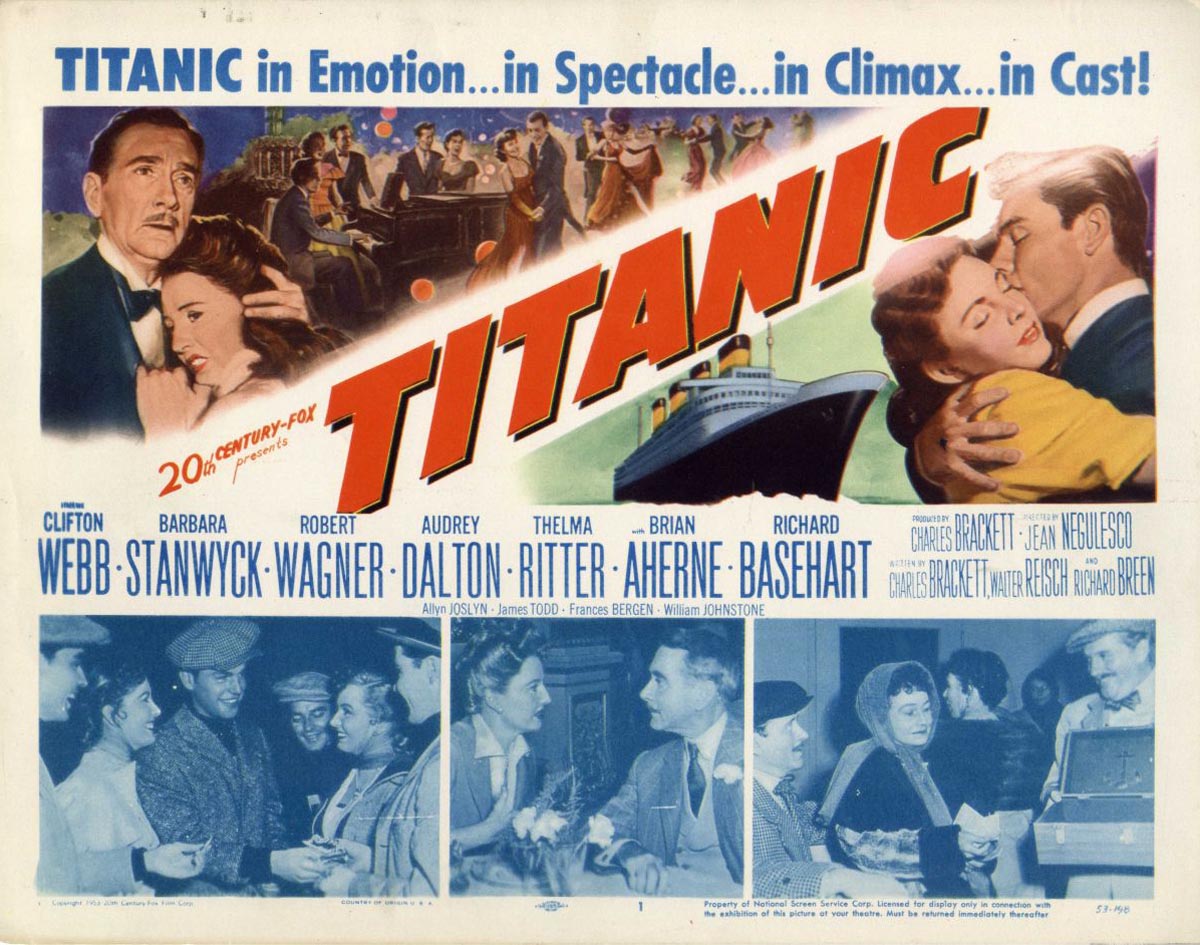

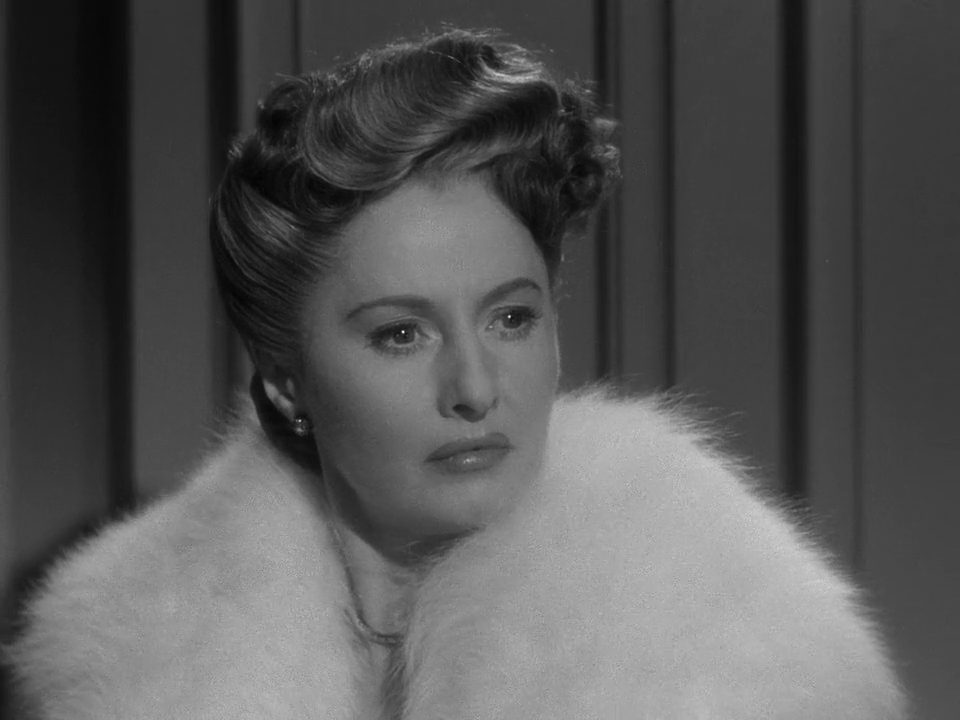
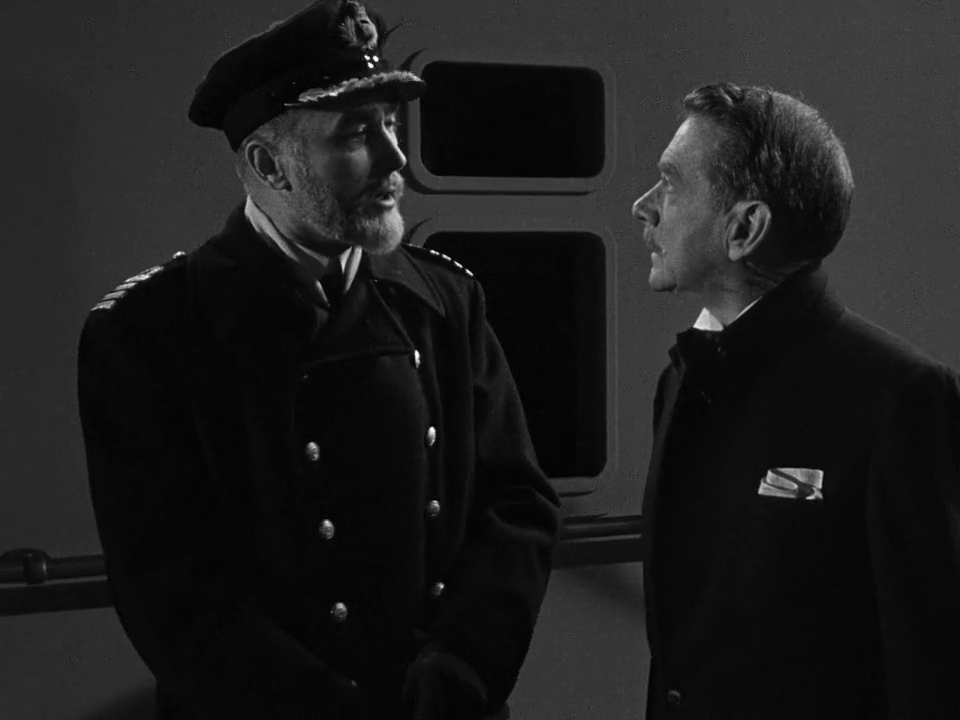
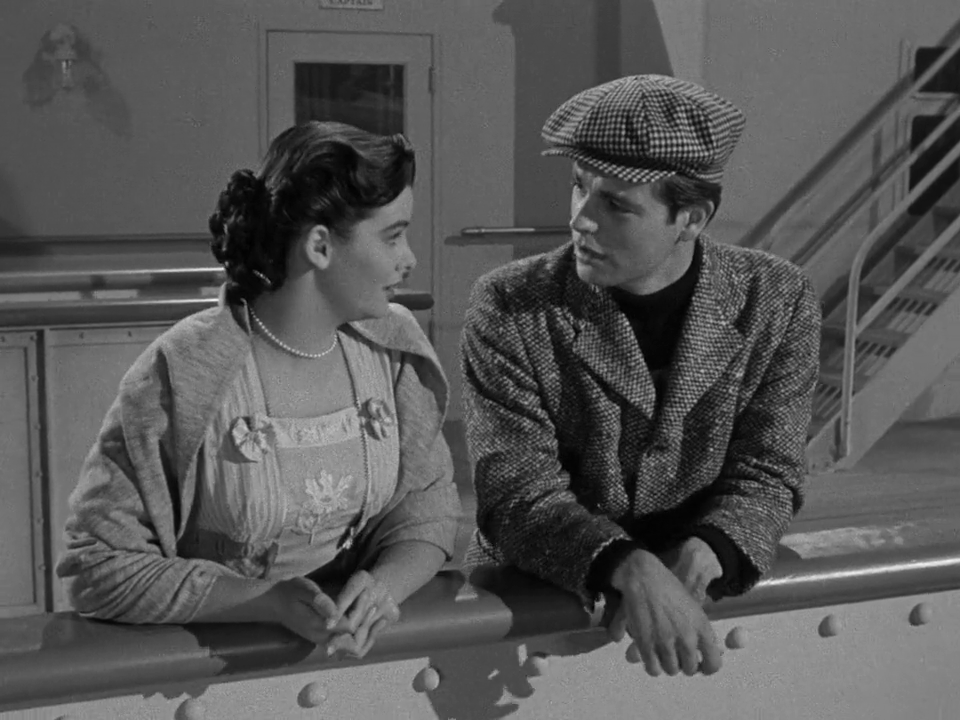
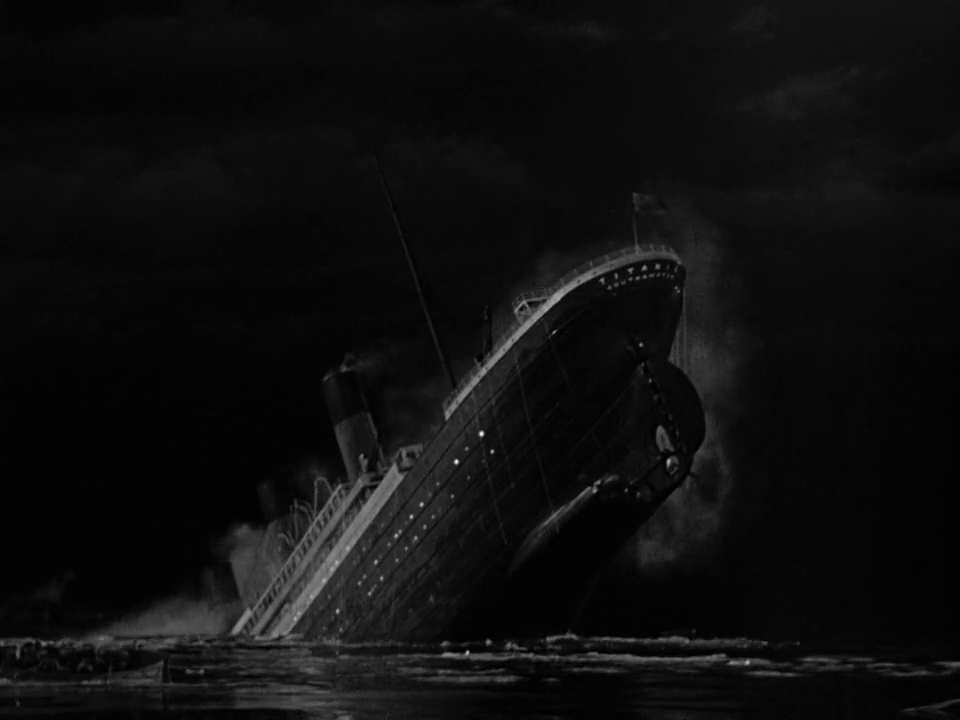
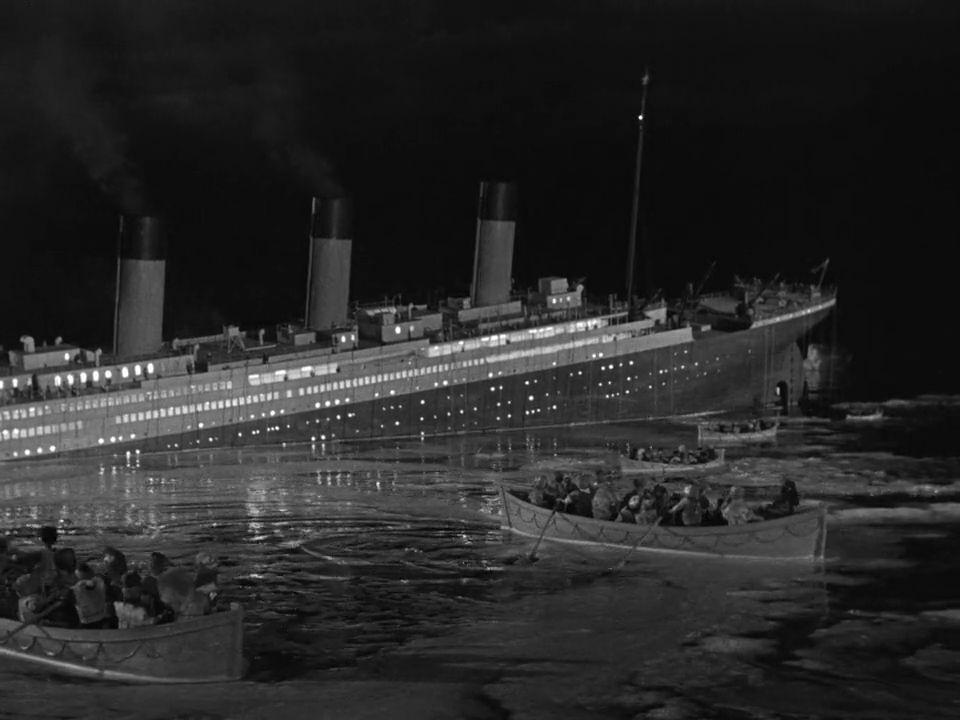

No comments:
Post a Comment